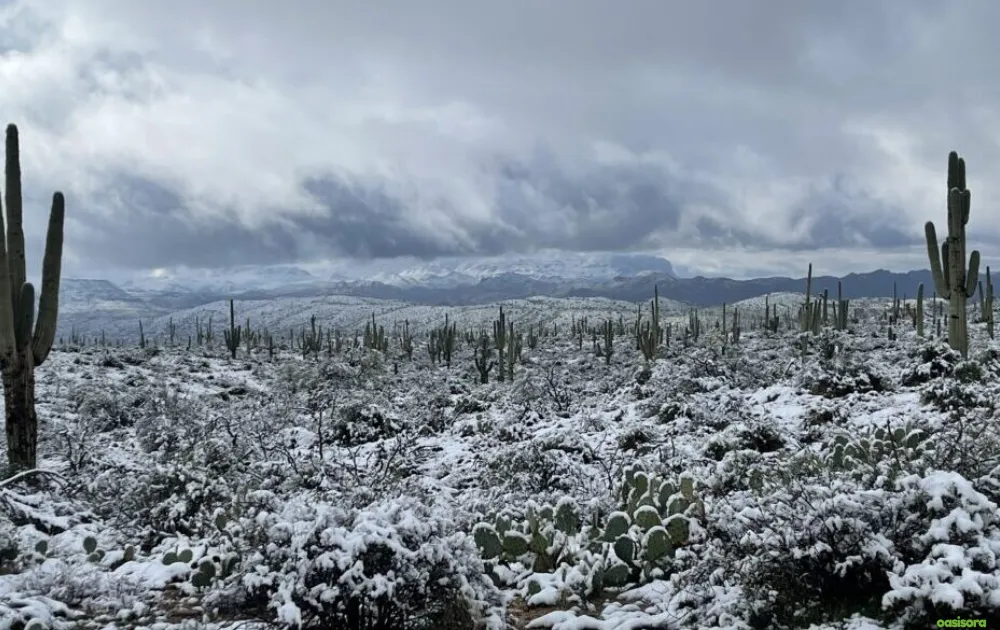
You know cold nights in Arizona can still surprise you, and that sudden chill can harm your trees before you even notice it. I have seen how quickly the leaves change when frost hits, so I understand why people look for solutions to frost damage on trees in Arizona that feel simple yet rewarding.
As you read this guide, you will find easy steps and clear tips that help your trees stay steady when the weather turns cold. With a little care, your yard can stay safe through every chilly night. Today, let’s get to know how to protect trees in Arizona the right way.
Understanding Frost Damage in Arizona’s Climate
Frost forms when warm days turn into fast, cold nights. After sunset, the ground loses its heat, and the cold settles on leaves and soft stems. According to the University of Arizona Cooperative Extension, this quick drop in temperature makes young tissues freeze faster. Even warm cities can face frost when the night temperature drops suddenly.
Different Frost Levels
For example, Phoenix holds more heat because of its lower height and warm surfaces. On the other hand, Flagstaff sits higher, so its nights cool faster. This is why both cities need different solutions to frost damage on trees in Arizona.
Trees That Feel Frost Quickly
Some trees struggle more in cold weather, such as young citrus, ficus, pygmy palms, and tender desert plants. I once saw a small citrus tree in my yard lose its softness after one sharp and cold night, so I learned how quickly frost can change a tree overnight.
Signs Your Tree May Have Frost Damage
When cold nights touch Arizona yards, trees start showing small clues before major harm appears. These early signs help you decide when to use solutions to frost damage on trees in Arizona so your trees stay safe and steady.
1. Discolored or Blackened Leaves
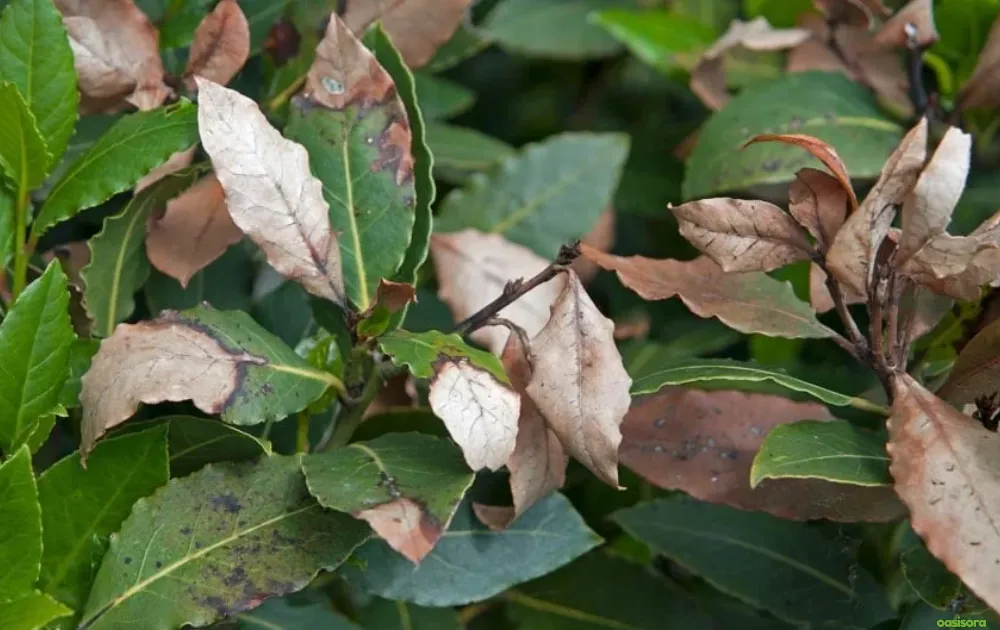
Discolored or Blackened Leaves
Cold air harms the soft cells inside the leaves. This turns the leaf surface brown, grey, or even fully black in some spots. You may notice the color change first on the outer edges because those areas lose heat faster. Secondly, sometimes the leaf feels thin and dry when you touch it. That also shows the damage has already started.
2. Split or Cracked Bark
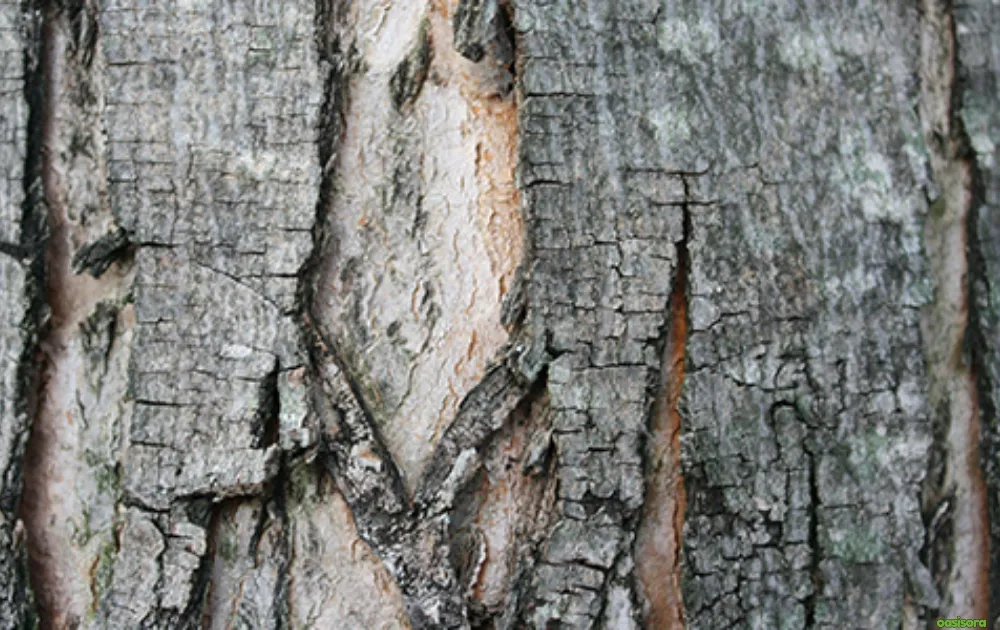
Cracked Bark
A freeze can make the outside of the trunk cool down faster than the inside. This stress can open the bark in narrow lines or small patches. These cracks often look shallow but can reach deeper as days pass. When I checked a lemon tree after a cold night, I found a thin line running down its trunk, which showed how quickly frost affects the bark even when the tree looks fine from a distance.
3. Drooping or Brittle Branches
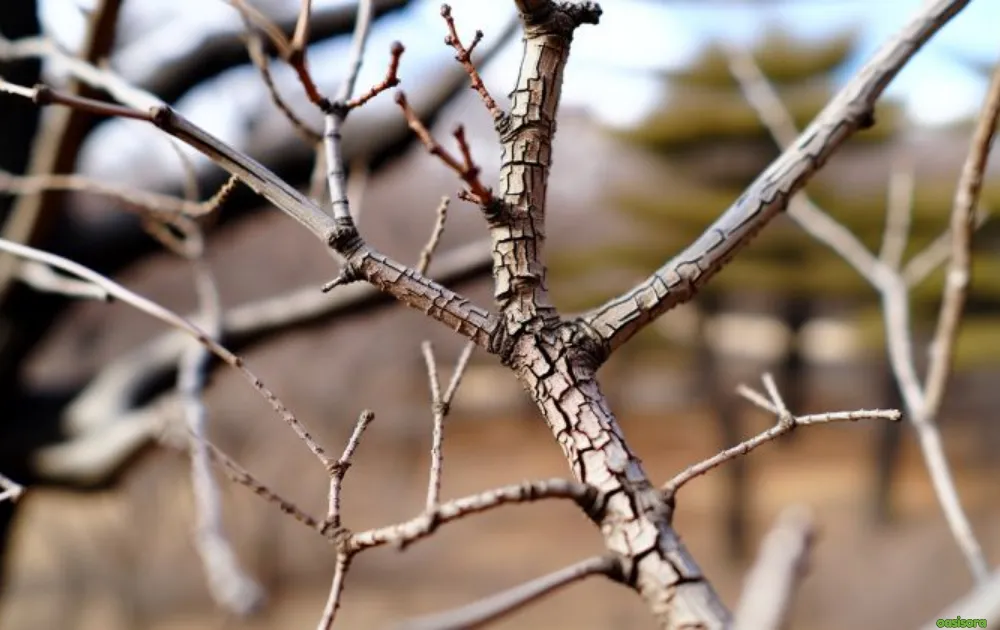
Brittle Branches
If branches look weak after a cold night, they may start to hang. Strong frost makes them stiff and easy to break. A gentle bend can snap them because frozen water expands inside the wood. I once touched a thin desert willow branch after a cold spell, and it broke right away, showing how fast frost can weaken it.
4. Delayed Budding or Flower Loss
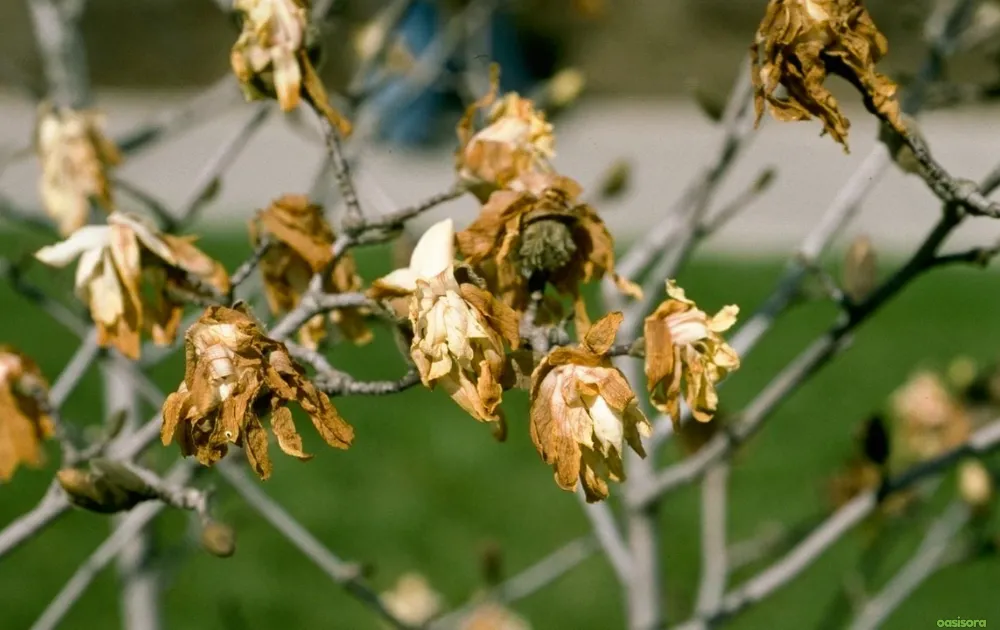
Flower Loss
A tree ready to grow new buds may suddenly slow down. You might wait for fresh green tips, but you only see still and quiet branches. Also, flowers can even drop before opening, especially on soft-leaf trees. This delay often appears when the tree is coping with cold stress. Also, it reminds you to look for solutions to frost damage on trees in Arizona before growth begins again.
Easy Frost Damage Checklist
- Leaf color looks darker, dull, or black.
- Bark shows light cracks or thin lines.
- Branches bend too much or snap quickly.
- Buds stay closed longer than usual.
- Flowers drop early or fail to open.
Immediate Steps to Take After Frost Hits
When frost settles on your yard, it is easy to feel stressed. Remember, the initial steps matter the most. Small actions help your trees respond better and give you time to plan the right solutions to frost damage on trees in Arizona.
Don’t Prune Damaged Areas Right Away
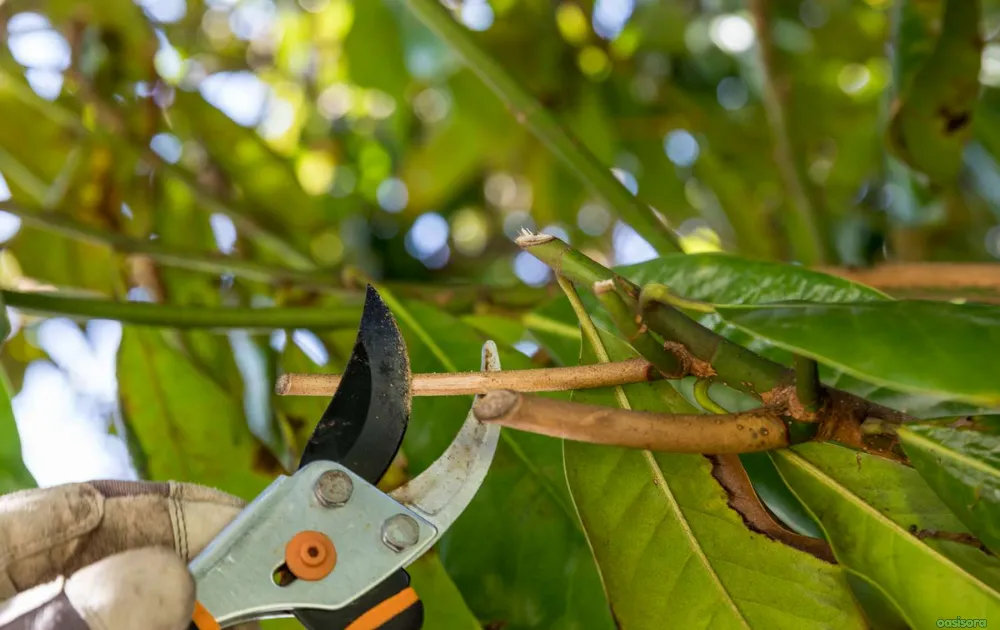
Trees Damaged Areas (Don’t Prune)
After a cold night, branches may look dry or burned, but you should not cut them right away. New cuts can expose soft wood to more cold and make the damage worse. The frost-hit parts also act like a small shield for the healthy section underneath. I once trimmed too early, and the next cold night hurt the tree even more. So, now I always wait for the weather to warm up before pruning.
How to Safely Inspect for Hidden Frost Damage?
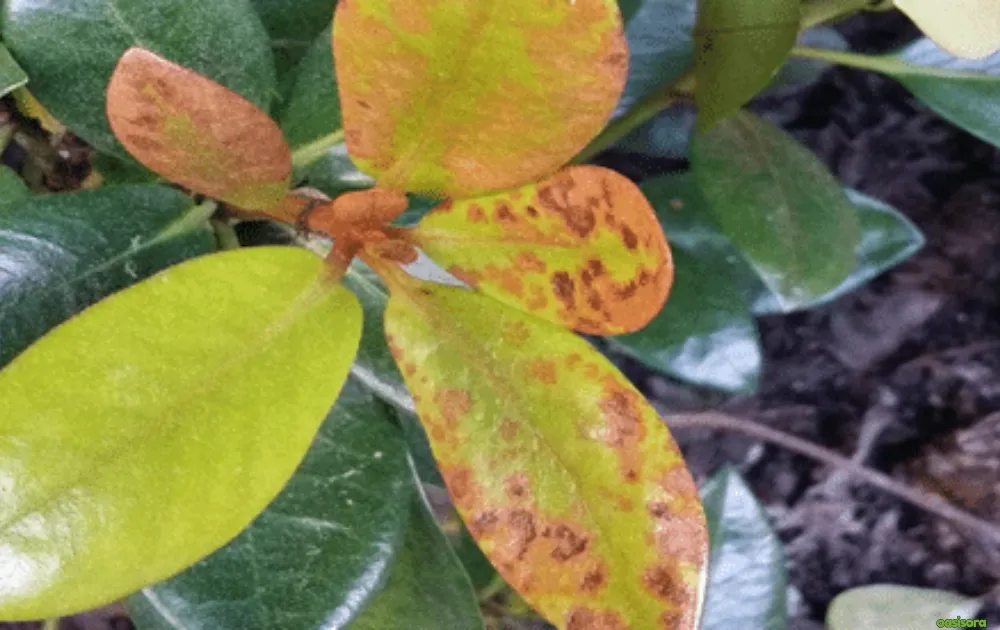
Safely Inspect for Hidden Frost
To inspect frost damage, look at the tree when the light is clear. Start with the trunk and follow the main branches. Scratch a small spot with your nail; green means the wood is alive, and brown means frost harm.
Next, gently touch the bark. If it feels loose or pulls away, that area was hit by the cold. Move slowly, as frozen branches can break easily. This quick check helps you see what the tree needs next.
Simple DIY Recovery Tips

Soft blanket of mulch around the roots
- A soft blanket of mulch around the roots helps the ground hold steady warmth after a cold night.
- Secondly, give the tree a morning drink so the soil stays moist enough to support recovery. Then, watch how the sun touches the weakened side.
- When the light is too sharp after frost, you can place a gentle shade cloth on that area to reduce sudden heat.
Proven Solutions to Help Trees Recover From Frost Damage
When frost hits hard, your trees need gentle care to bounce back. These steps make healing easier and support solutions to frost damage on trees in Arizona without adding extra stress.
1. Pruning Strategy

Plants Pruning
Wait until the weather stays warm for a while before trimming anything. When you cut too early, you may remove parts that can still recover. Once the cold nights pass, look for dry or broken sections and trim only the weak ends. Also, use clean tools and keep cuts small so the tree heals slowly and safely.
2. Deep Watering
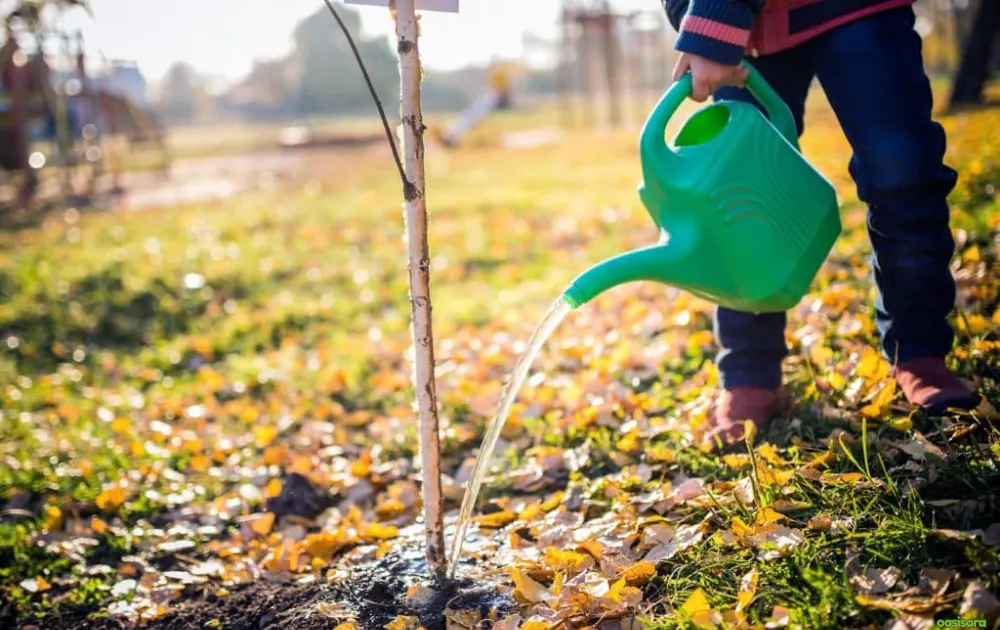
Use Deep watering for plants
Water the base early in the day so the roots stay steady and strong. Moist soil holds warmth better than dry ground. Add a soft layer of mulch around the tree to protect the soil from sudden changes in temperature. This helps the tree stay calm while it recovers from the frost.
3. Applying Organic Fertilizers
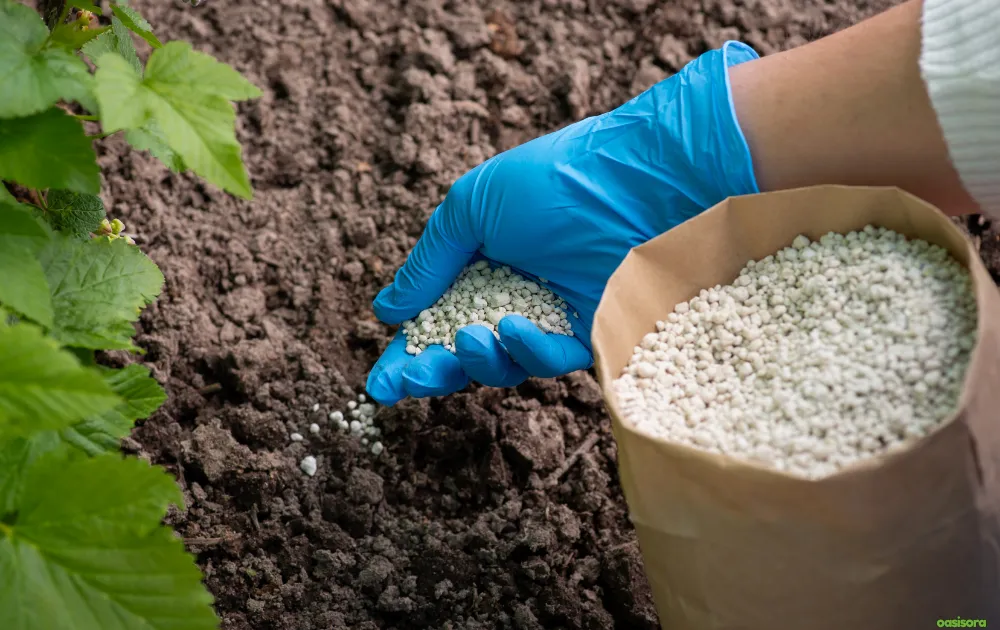
Organic fertilizers
Use a light organic mix when spring arrives. Gentle feeding helps new leaves grow without forcing the tree to rush. Slow nutrients give steady strength after a cold night. I once used a heavy mix by mistake, and the new shoots grew too fast but burned quickly. So, now I always choose a mild organic option. It helps the tree rebuild calmly and healthily.
4. Using Shade Cloths
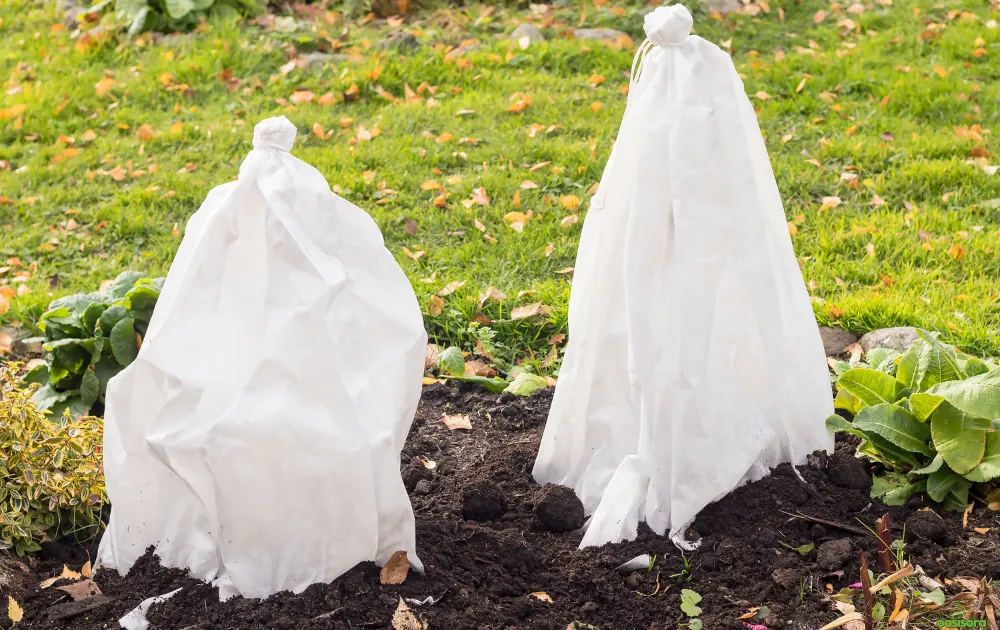
Shades clothes to protect plants from frost damage
If the sun feels sharp right after a frost, place a shade cloth over the affected side. This prevents shock from quick warm-ups. Moreover, frost blankets can also help at night by holding a few degrees of warmth close to the tree. Make sure the cloth touches the ground so the heat stays inside.
5. Creating Protective Windbreaks
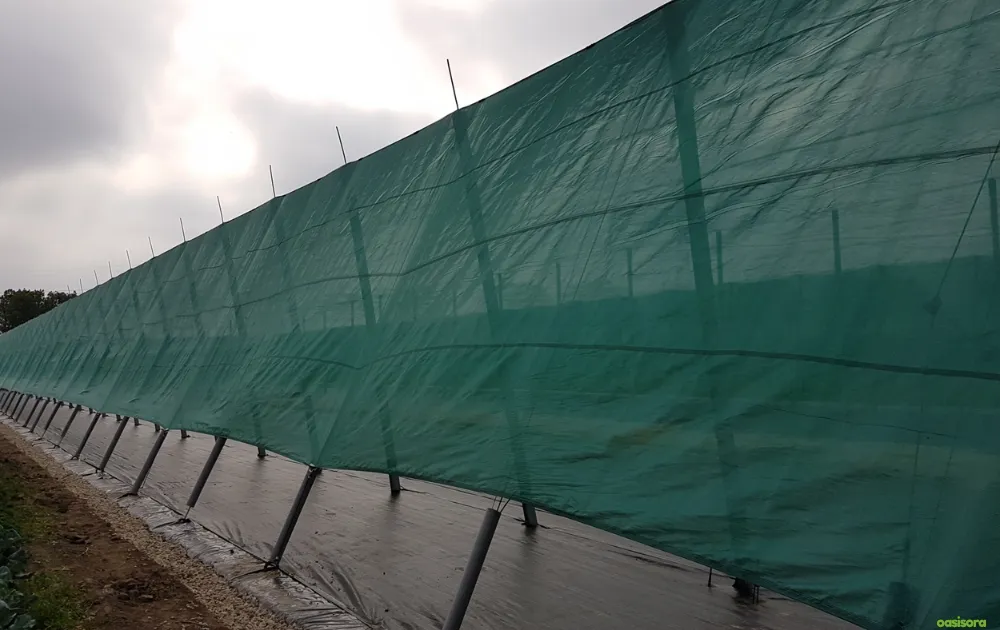
Windbreaks barrier
Soft barriers like fences, shrubs, or even garden panels help block cold winds. These small structures create a safe pocket around the tree, which reduces frost stress. Some Arizona gardeners also use nearby walls or patios to give the tree extra warmth at night. Simple placements like these work well as reliable solutions to frost damage on trees in Arizona because they keep the tree in a gentler spot.
Preventing Future Frost Damage in Arizona
When you plan before cold nights arrive, your trees stay much safer and recover more easily.
(i) How to Monitor and Respond to Frost Forecasts
Stay updated with local weather alerts during colder months. When you see the temperature dropping close to freezing, prepare your frost cloths and keep your trees watered. The National Weather Service suggests that early action helps your trees stay steady through the cold. Simple apps or local news updates make it easy to know when a cold night is coming.
(ii) Best Placement for Frost-Sensitive Trees
Trees that feel the cold more should sit in warm spots. South-facing areas, near walls, or beside stone paths hold extra heat and release it slowly at night. Also, these cozy locations help reduce the risk of solutions to frost damage on trees in Arizona and give the tree a few degrees of comfort. Even placing a tree near a porch or fence can soften cold winds and keep the plant steady through winter nights.
(ii) Choosing Frost-Hardy or Native Arizona Tree Varieties
Pick trees that already handle Arizona’s winter months well. Native types grow strong roots and stay steady when nights turn sharp. I once planted a frost-hardy mesquite, and it stayed firm during a cold dip while a softer tree nearby struggled. Choosing the right tree from the start makes the whole yard stronger in frost-prone areas.
(iv) Seasonal Maintenance Checklist
Here’s a small checklist that keeps your trees safe before winter arrives:
- Add a light mulch layer around the tree base for steady warmth.
- Water in the morning, so the soil stays balanced.
- Wrap young trunks with protective cloth.
- Keep old sheets or frost blankets ready for sudden cold nights.
- Avoid late fall pruning so no new weak growth appears.
Best Frost-Resistant Trees for Arizona Landscapes
If you choose strong trees from the start, you already follow smart solutions to frost damage on trees in Arizona. These hardy picks stay steady even when winter nights turn cold.
Ironwood

Ironwood
Ironwood grows slowly but stays firm in harsh weather. Its wood is heavy and strong, so the cold does not bother it much. Additionally, it also keeps a steady shape through winter, which makes it reliable in frost-prone spots.
Texas Mountain Laurel

Texas Mountain Laurel
This tree handles cold nights with ease. Its thick leaves stay firm, and the roots remain active even in winter. Moreover, it also brings bright purple blooms when the season warms up again.
Olive Tree
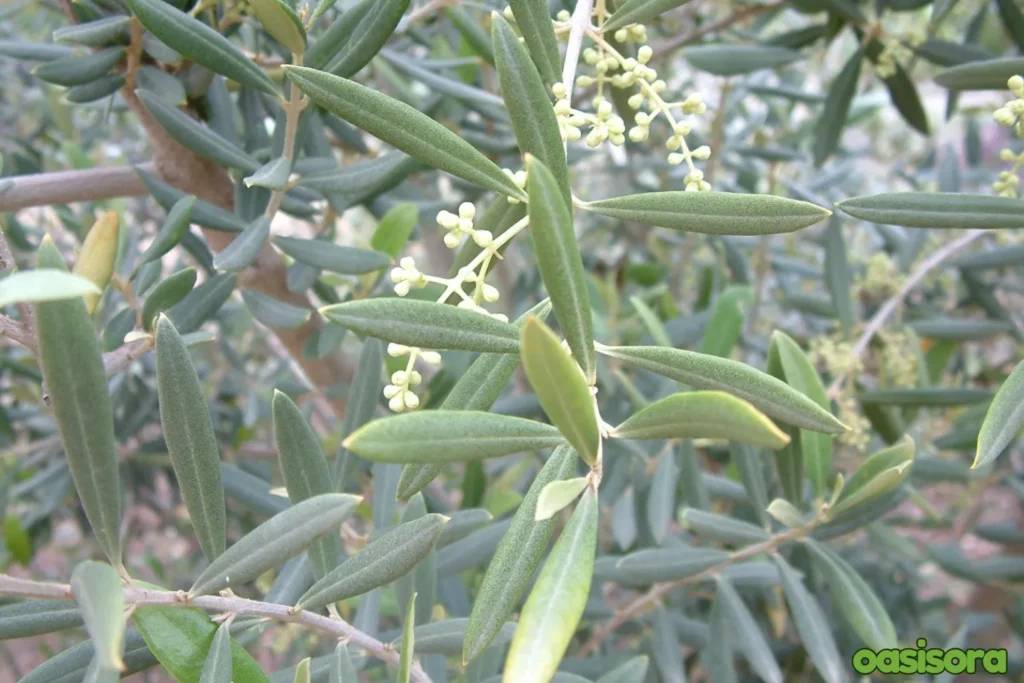
Olive Tree
Olive trees stay strong during short freezes and hold daytime warmth well. They also keep their leaves longer, which helps reduce stress. Because of this steady nature, they work nicely when planning solutions to frost damage on trees in Arizona.
Live Oak
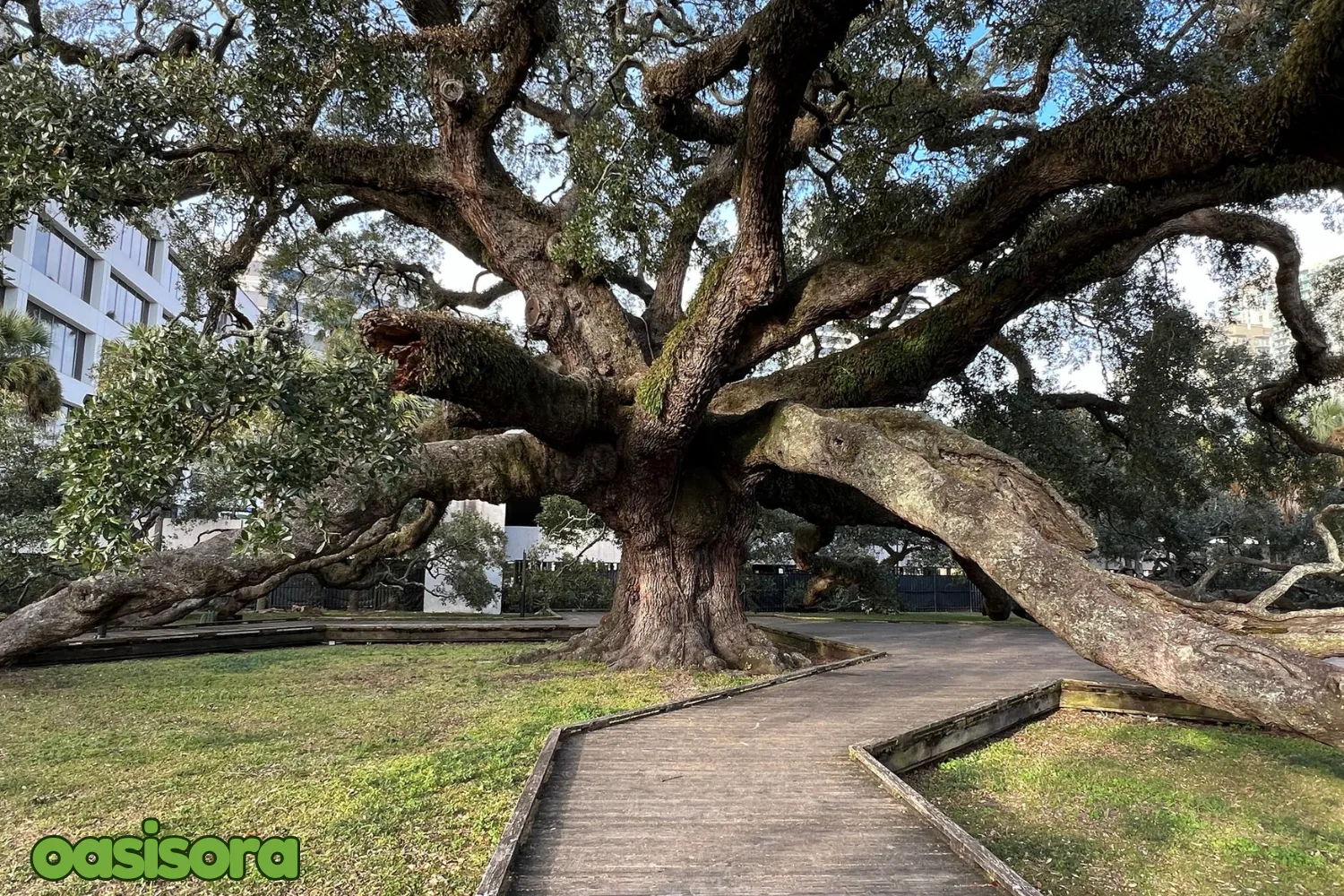
Oak tree
Live oaks stay green most of the year and do very well in cold spells. Their dense canopy protects the inner wood, and the branches stay strong even when temperatures drop. I once checked a young live oak after a sharp, cold night, and it looked almost untouched. That showed me how steady this tree really is.
Mesquite

Mesquite
Mesquite trees handle dry heat and winter chill at the same time. Their deep roots protect them from sudden cold, and the trunk stays firm through the season. This makes them a great fit for areas with uneven temperatures.
When to Call a Tree Care Professional?
Sometimes a tree needs more help than basic home care. A trained expert can check deeper issues that are hard to see from the outside.
- If the trunk feels soft or branches stay dry even after warmer days, an expert should check the tree.
- Wide cracks or peeling bark can make the tree unstable, so a professional should inspect it for safety.
- If you feel unsure about the right solutions to frost damage on trees in Arizona, a local arborist can guide you with safe steps and proper care.
Final Thoughts
When you follow simple steps to protect your trees, they stay healthier through cold nights. A mix of care, smart placement, and gentle solutions to frost damage on trees in Arizona helps both young and mature trees recover and stay steady.
Try to check your trees often, especially in winter. Small actions like light watering, soft pruning at the right time, and proper covering make a big difference. With steady care, your garden becomes stronger each season.
In short, with daily care, your Arizona trees can stay healthy and firm, even when the nights turn cold without warning.
FAQs
What is the quickest way to spot frost damage on a tree?
Look for soft, dark leaves or brittle branches. These early signs appear fast after a cold night.
Can trees fully recover from frost damage?
Yes, most trees bounce back with gentle care and steady solutions to frost damage on trees in Arizona.
Should I water my trees before a frost?
A little morning watering helps the soil hold warmth, which protects the roots from stress.
When is pruning safe after frost?
Wait until warmer days return and new growth appears. This shows which parts are alive.
